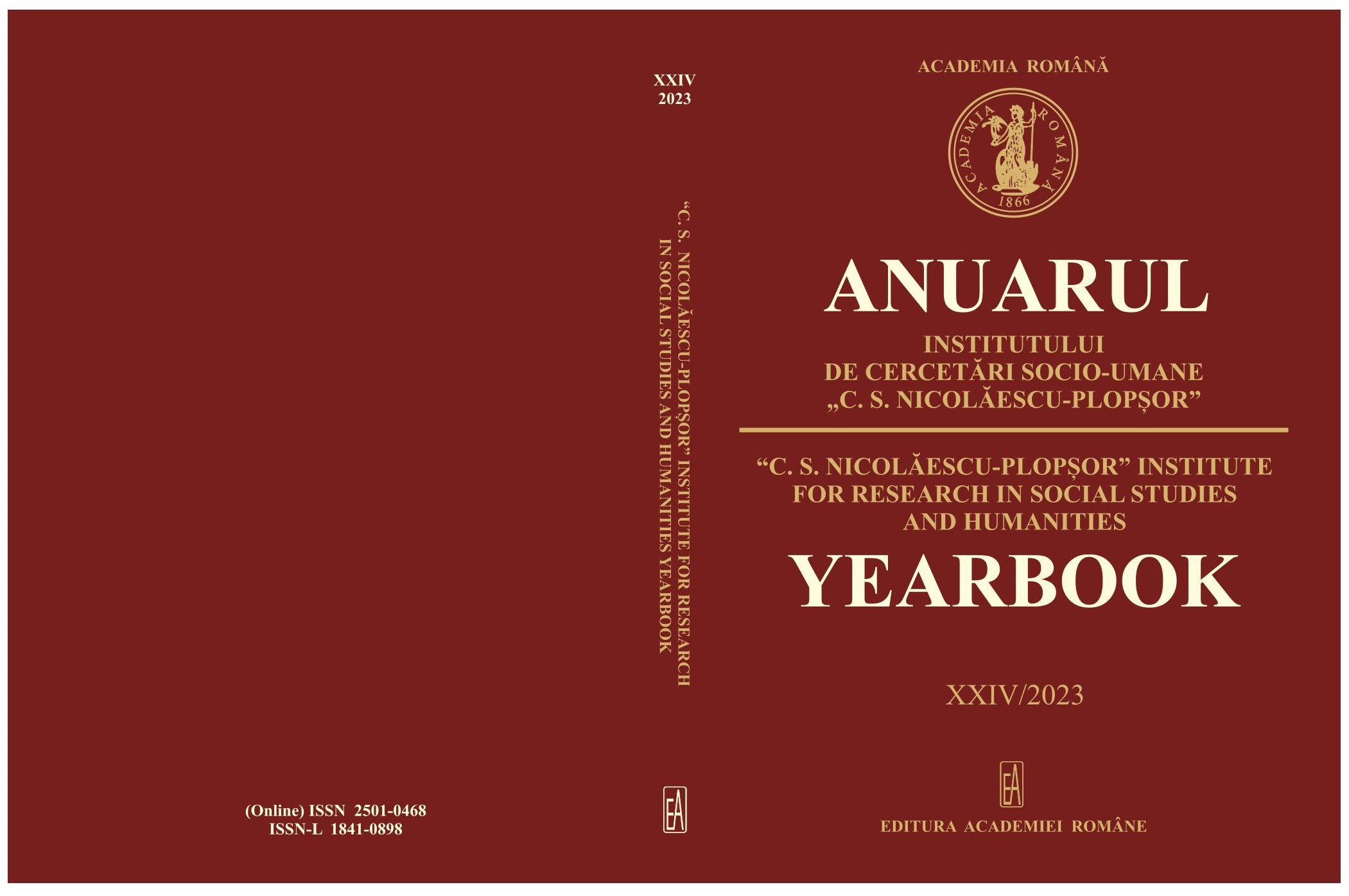Measures of Protecting Maternity and Childbirth under the Impact of New Medical Technologies of Assisted Human Reproduction
Measures of Protecting Maternity and Childbirth under the Impact of New Medical Technologies of Assisted Human Reproduction
Author(s): Roxana Cristina RaduSubject(s): Gender Studies, Human Rights and Humanitarian Law
Published by: Editura Academiei Române
Keywords: maternity leave; female worker; pregnancy; birth; child;
Summary/Abstract: Maternity leave is one of the rights of female employees whose purpose is to ensure, on the one hand, the protection of the health of the mother and child during the final period of pregnancy and the first months after birth and, on the other hand, the reconciliation between family and professional responsibilities of workers who have the status of natural mothers. Directive 92/85/EEC establishes minimum requirements and measures to promote the improvement of safety and health at work for pregnant female workers, those who have recently given birth or those who are breastfeeding regarding the granting of maternity leave, distinct from the paternity and parental leave. But what about female workers who have a child through the means of modern medical technology, for example through the agency of a surrogate mother? In this article we discuss two cases from the jurisprudence of the European Court of Justice (Case C-167/12 and Case C-506/06) that are illustrative of the way in which the new technologies of assisted human reproduction have impacted the field of labor relations.
Journal: Anuarul Institutului de Cercetări Socio-Umane „C.S. Nicolăescu-Plopșor”
- Issue Year: 2023
- Issue No: XXIV
- Page Range: 131-143
- Page Count: 13
- Language: English

